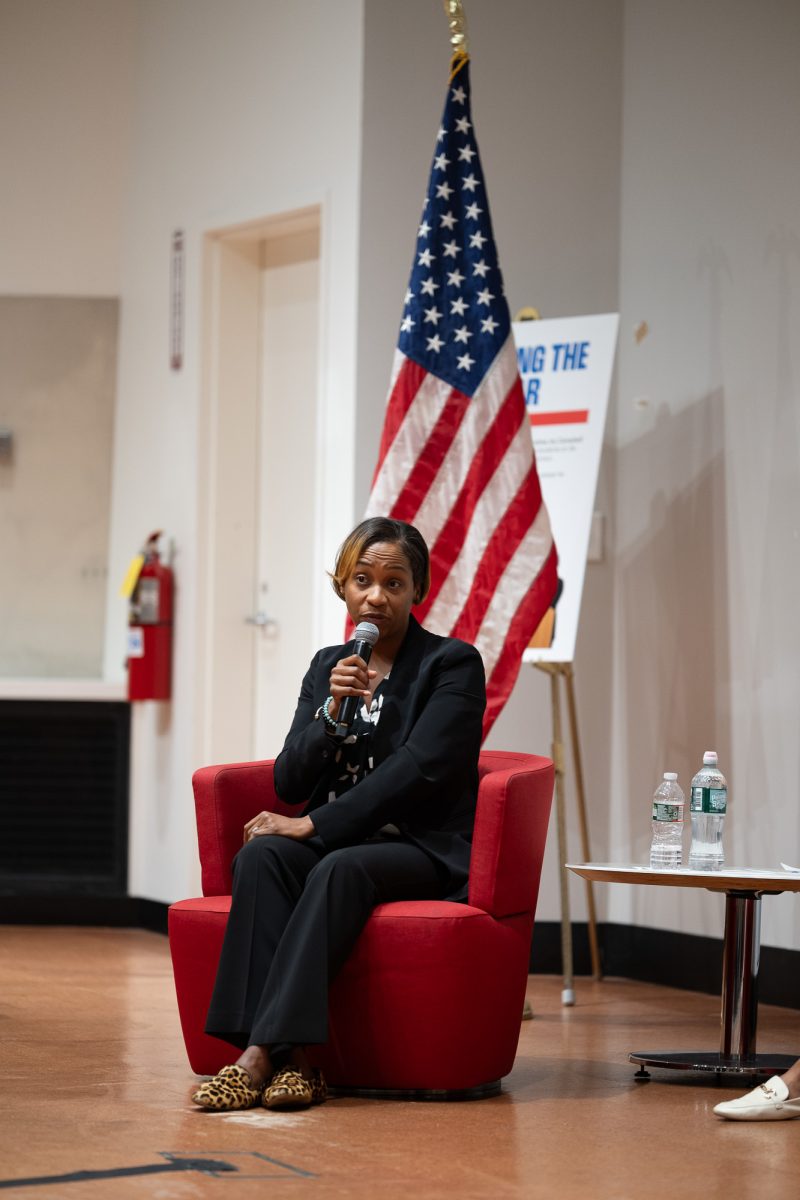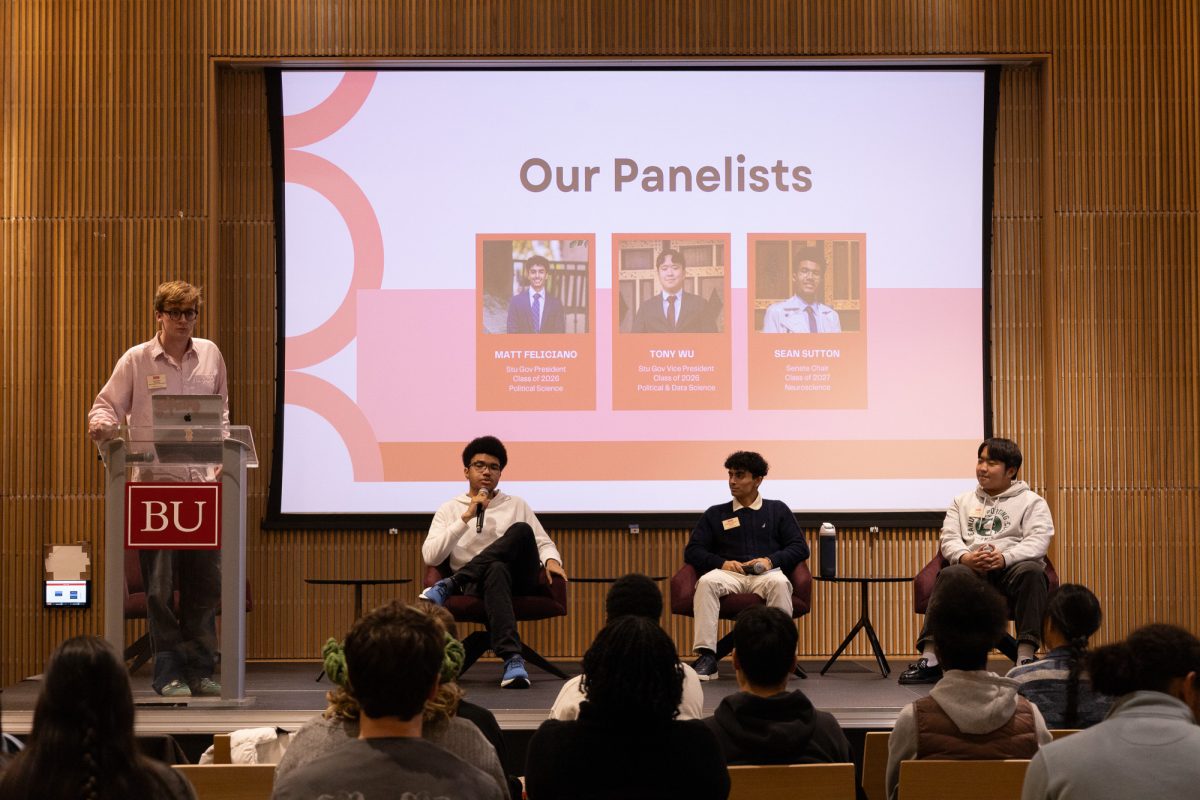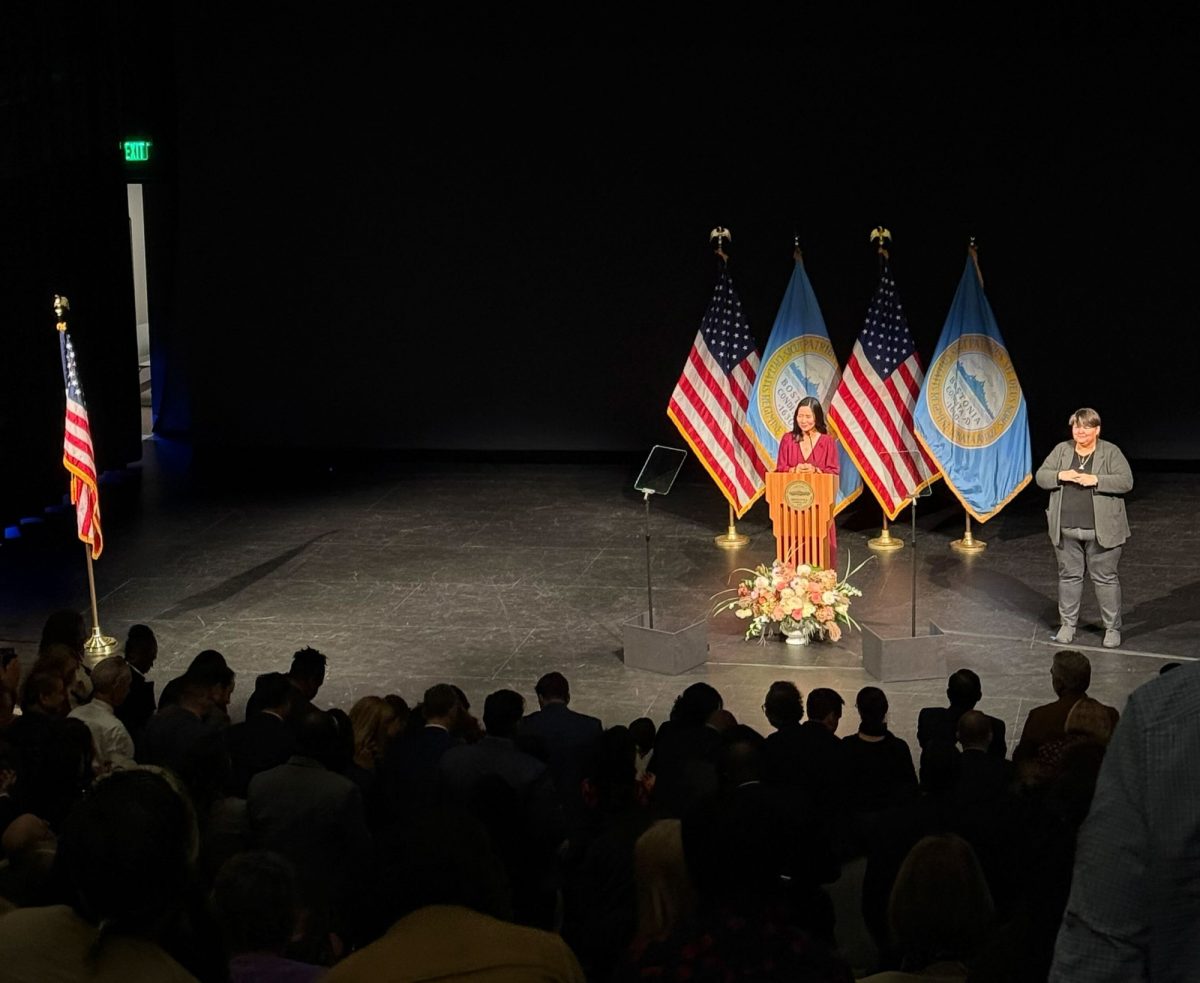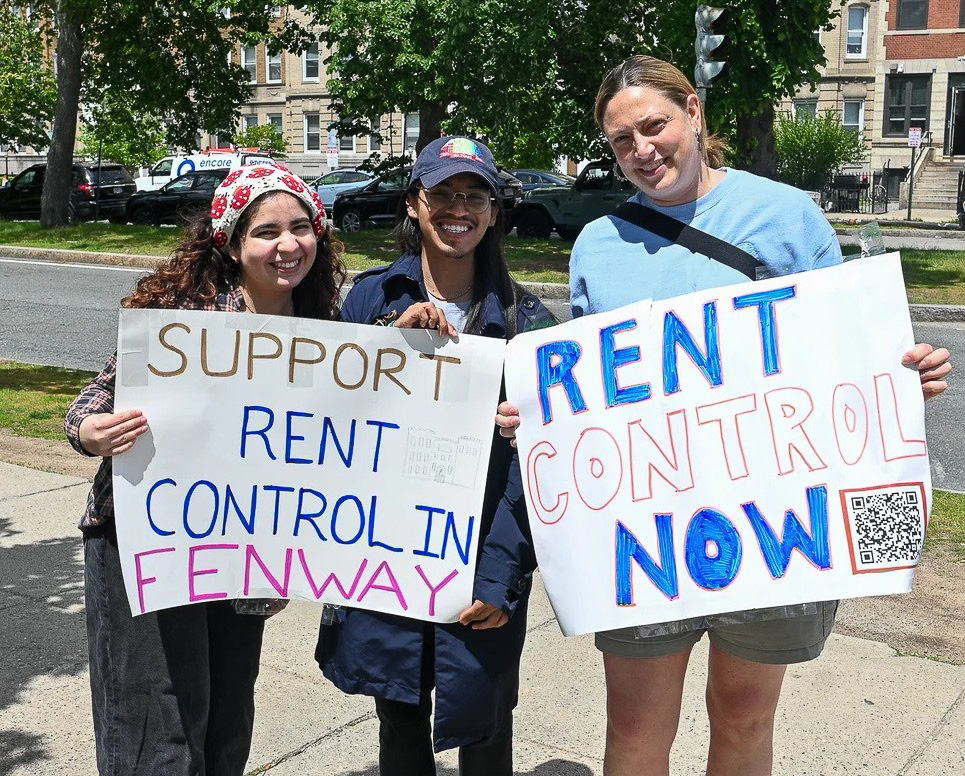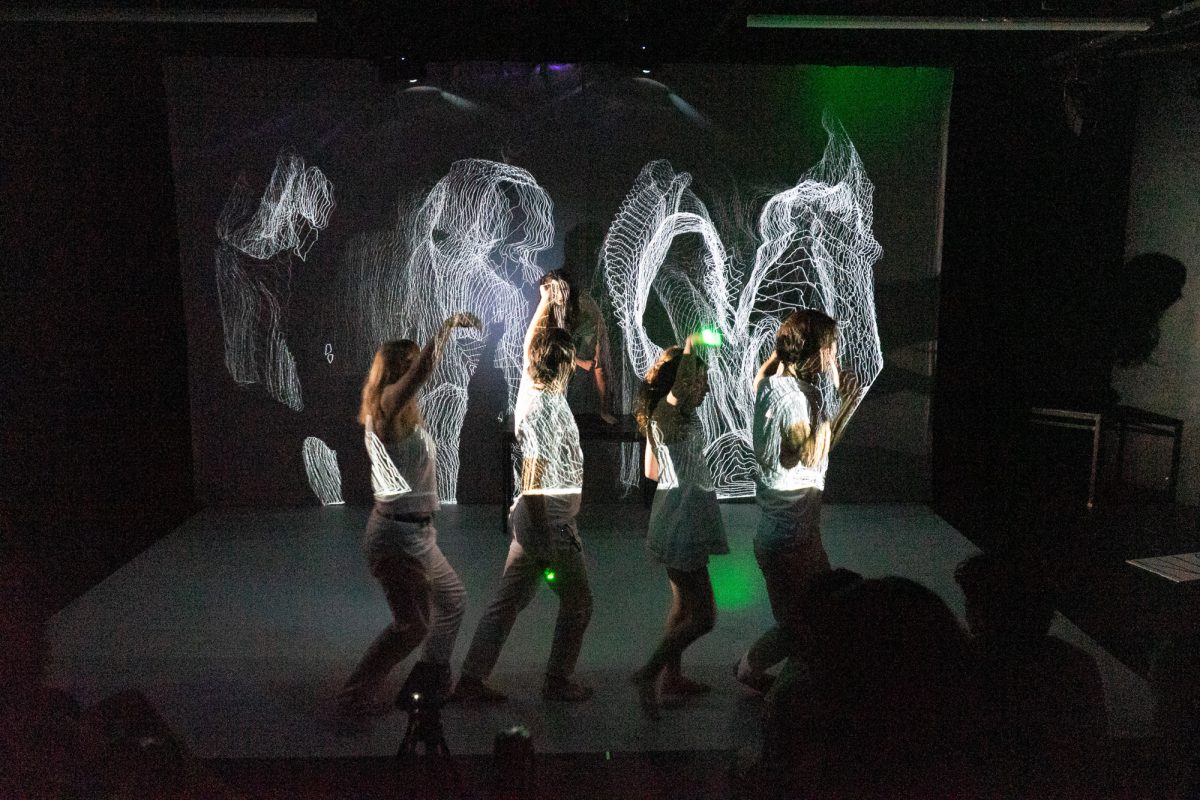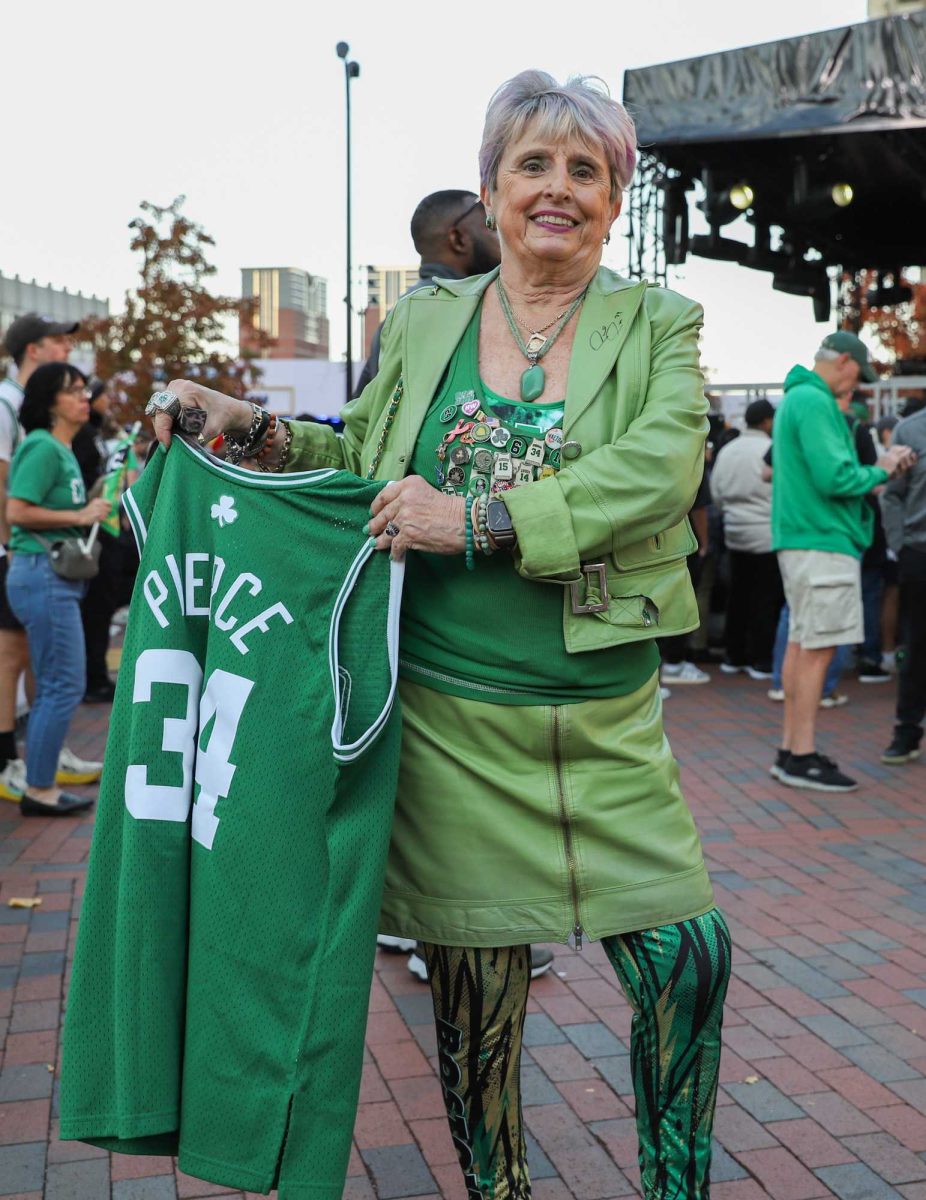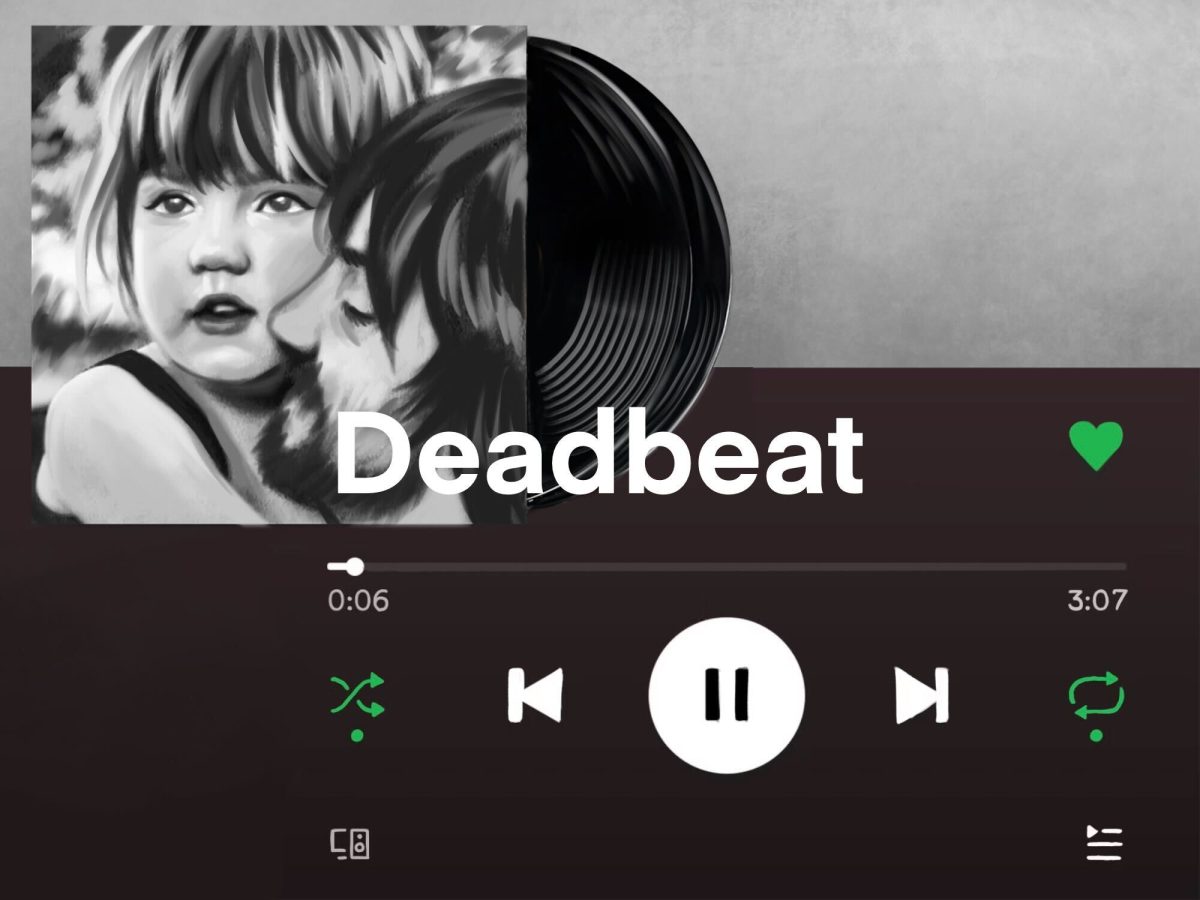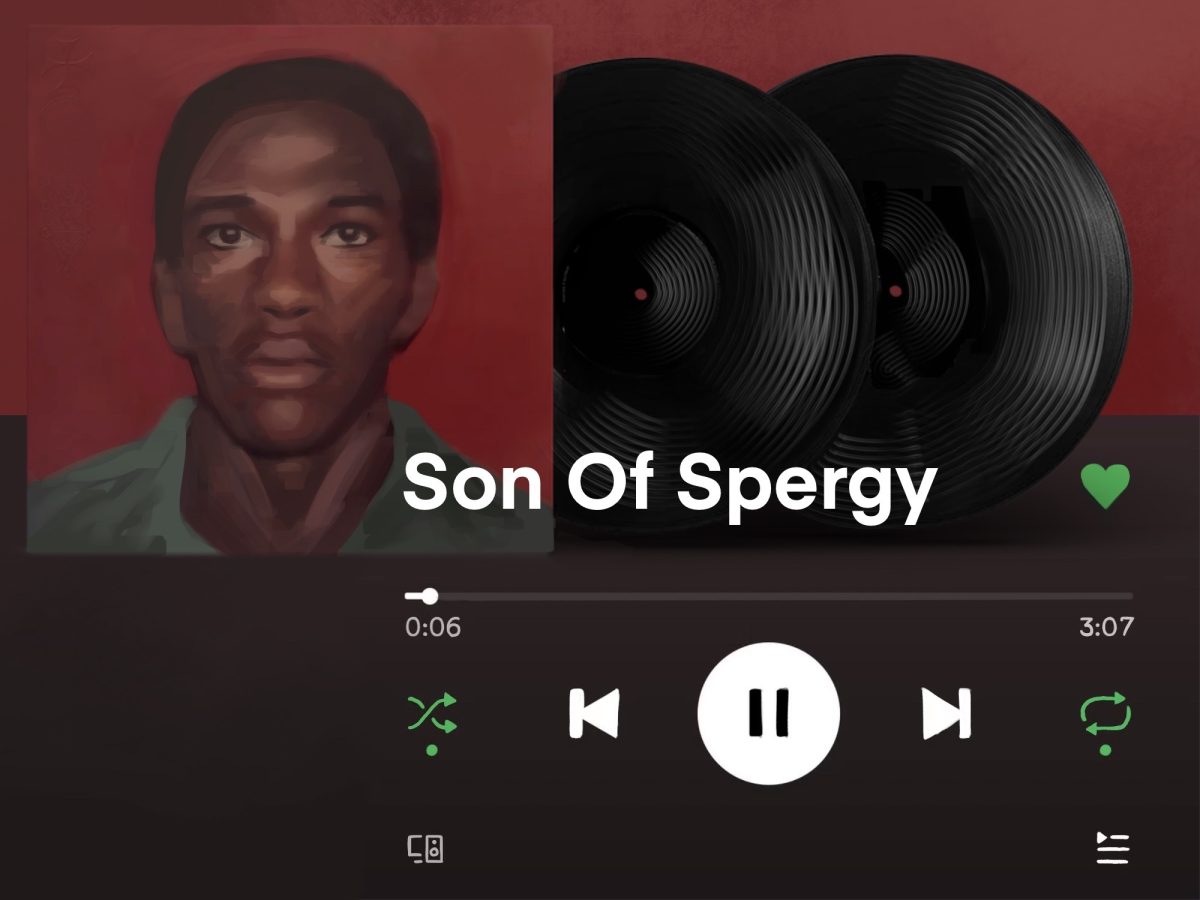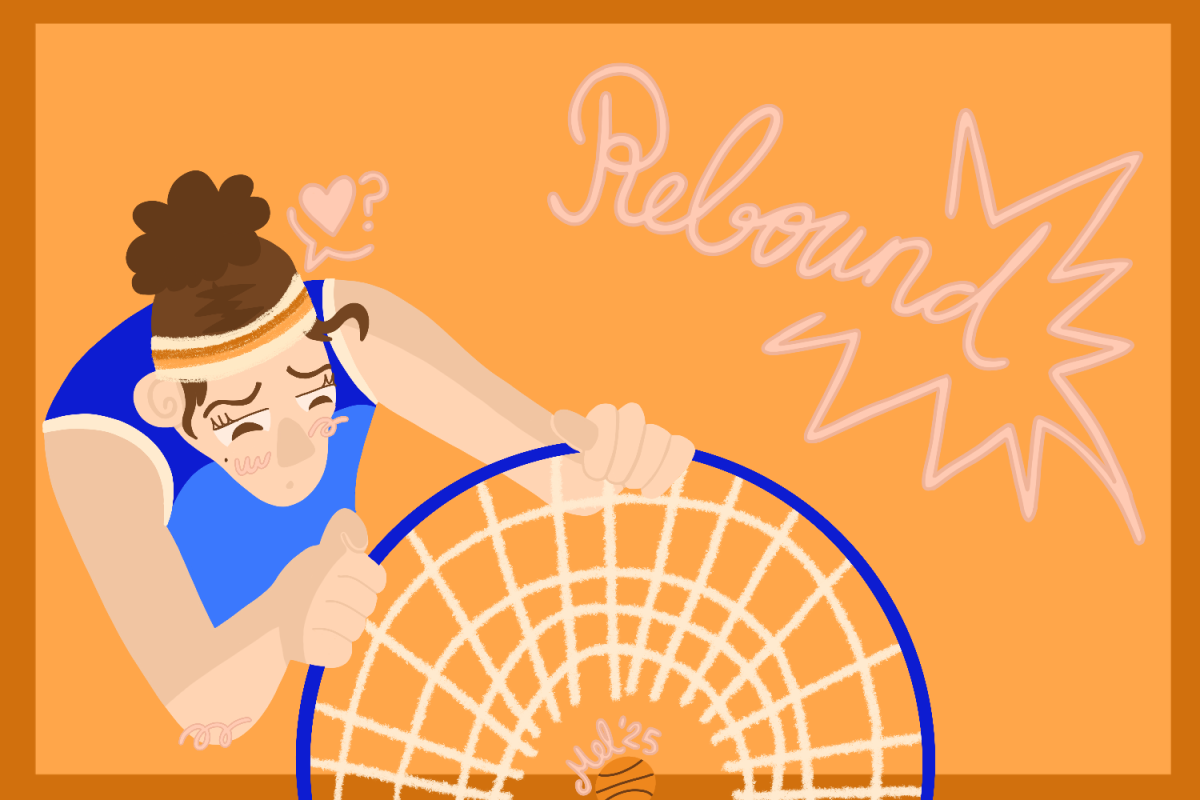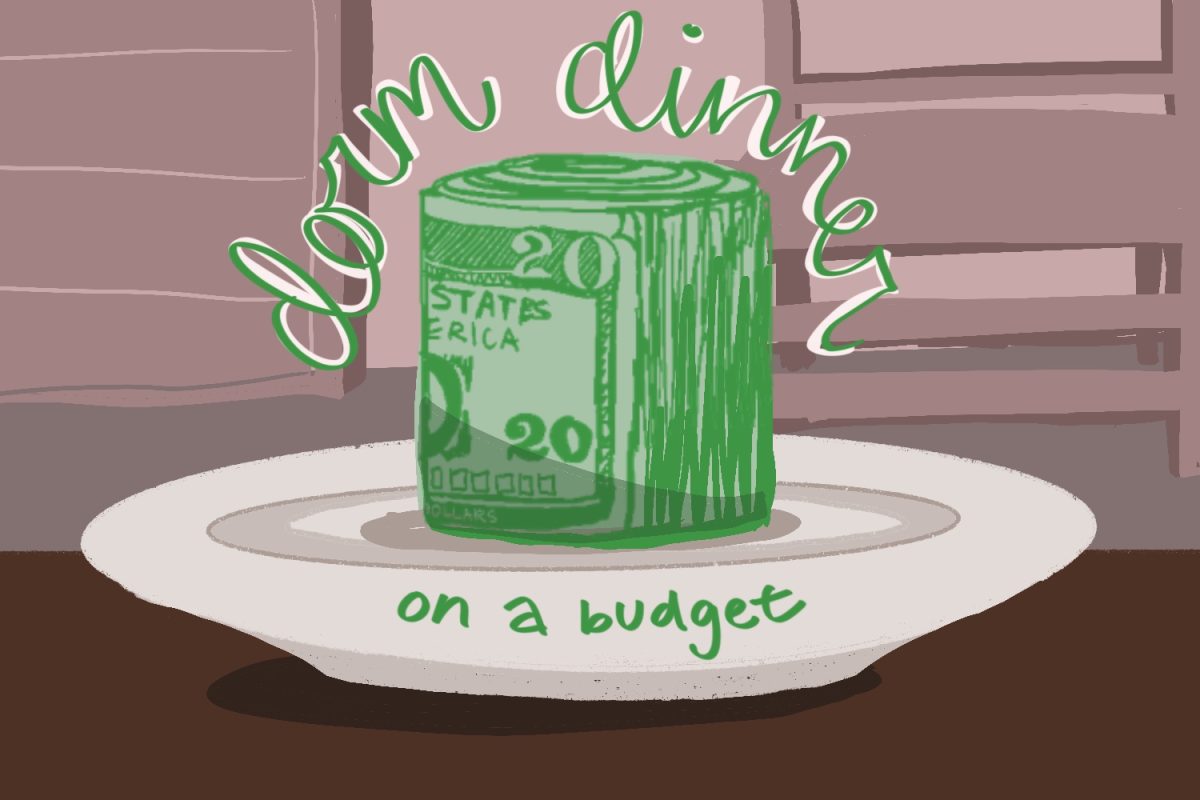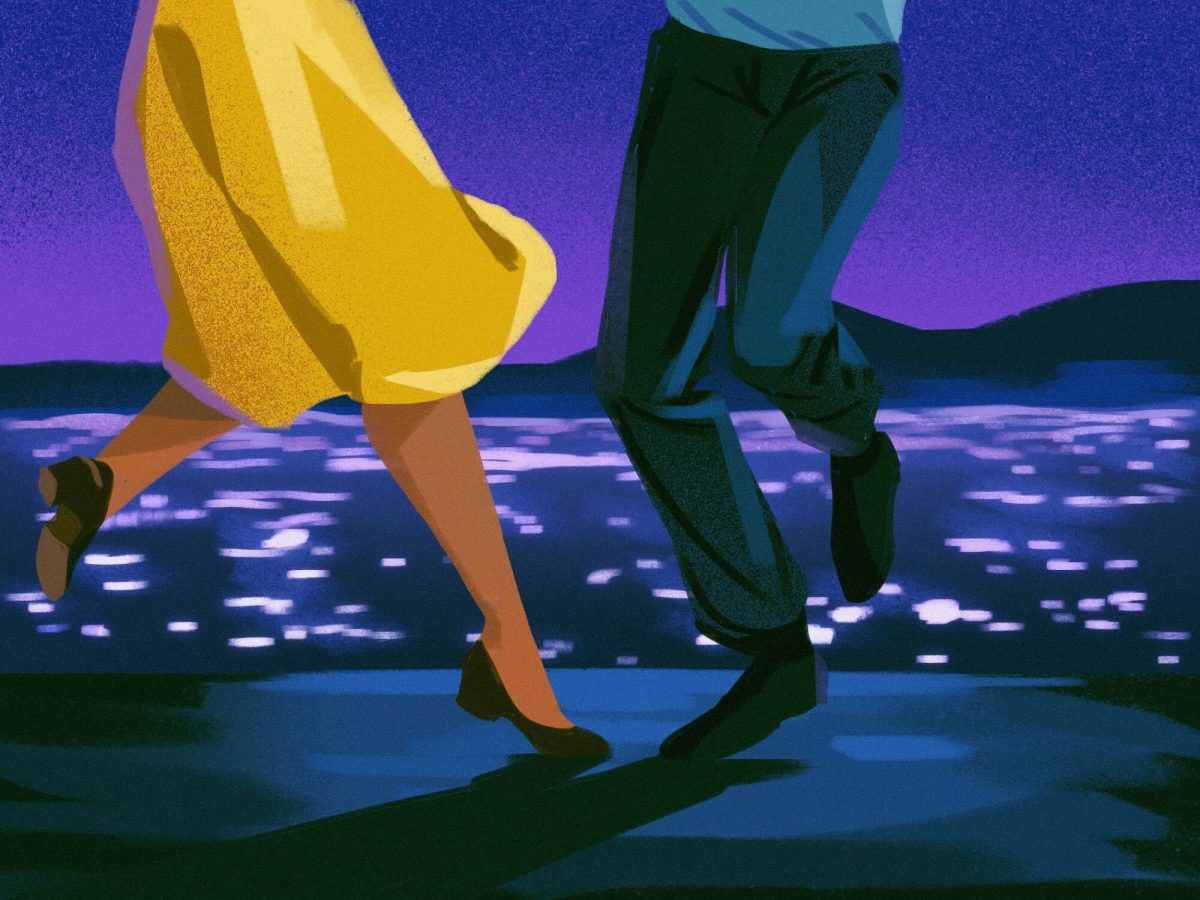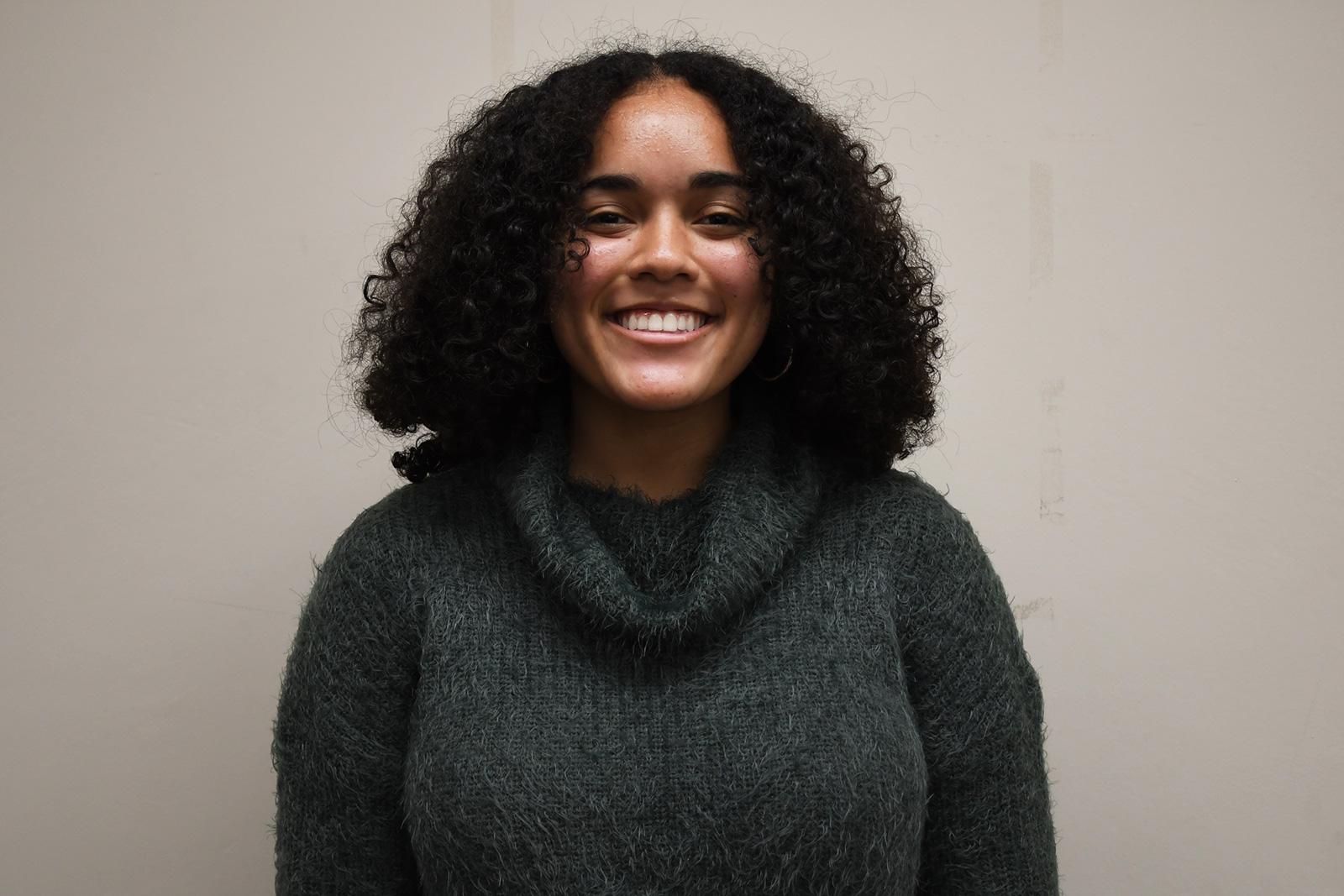Rap music is a highly controversial genre. Its lyrics are often explicit and describe graphic images of violence, sex and drugs. People typically assume that rap is harmful for America’s youth because it supports these conventionally inappropriate ideas. But, it does quite the opposite.
Rap began as an outlet for black people to share and reflect on their various hardships. However, as the music genre gained popularity, groups began to use the platform to describe their lives. Boogie Down Productions gave raw depictions of violence and drugs in urban areas. Public Enemy wrote about black political ideology and spread messages from the likes of Malcom X and The Black Panther Party.
The politicization of rap didn’t stop there — it continued well into the ‘90s with the new genre called gangsta rap. Gangsta rap is a type of hip-hop that serves to demonstrate the violence of inner-city communities. Albums like N.W.A.’s “Straight Outta Compton” and rappers such as Snoop Dog, Dr. Dre and Ice-T were essential to politically-motivated rap’s continuation because they produced such popular content that carried their message to the masses.
These artists and many others publicized the struggles of urban life for people of color. The world watched firsthand with the deaths of Tupac Shakur and the Notorious B.I.G. These experiences brought attention to black on black violence and other struggles of living in the inner city — areas with less socio-economic prosperity.
Rap has continued to evolve over the past few decades. The sound has taken on more of a pop-music feel and the lyrical content has expanded significantly. In the past decade, different ideas, such as religion and sexuality, have entered the scene. Some rappers and rap fanatics do not enjoy the contemporary version. Many have argued that rap is “dead” as it has strayed away from its original intentions of raising awareness of life in predominantly black communities.
It’s true that newer artists may not be making groundbreaking cultural commentary, but rap is still a crucial vessel for young black people to learn about and understand their culture. It has and continues to give people of color a platform to speak and bring attention to parts of life that are not talked about — and should be. That’s why some fans tolerate rappers who may talk about racy subjects because it is an accurate depiction of their lives.
Black children need to see other black people’s success, not simply because they will aspire to achieve the same type of success. Rappers’ successes also demonstrate to these children that they are not permanently bound to their current circumstances — whether it be along social, economic, or other dimensions.
So, I can’t support the belief that rap music creates a culture of violence. Rather, the violence is a product of the systematic oppression that forces many artists into the “humble beginnings” that often serve as the basis of their music. Rapping about guns and drugs doesn’t create any violence that isn’t already present in black communities.
Of course, there are white people who are affected by poverty and do not live a privileged life. Rapper Eminem entered the scene with his first album “Infinite” and then starred in the film “8 Mile,” which was loosely based on his own life.
It is not fair to say rappers aren’t telling meaningful stories in an incredibly artistic way. Whether the general public acknowledges it or not, rap is a form of lyrical poetry. You have to string together rhymes, rhythm, meter and more to create these songs.
Rap deserves more appreciation for the skill and intentional thought that it takes. Listen to the lyrics to learn about Americans’ lived experiences instead of writing it off as a violent, inappropriate creation. Rap shares the voices of millions of black people in America. It is a genuine form of expression that holds painful truths that our society continually tries to avoid.


